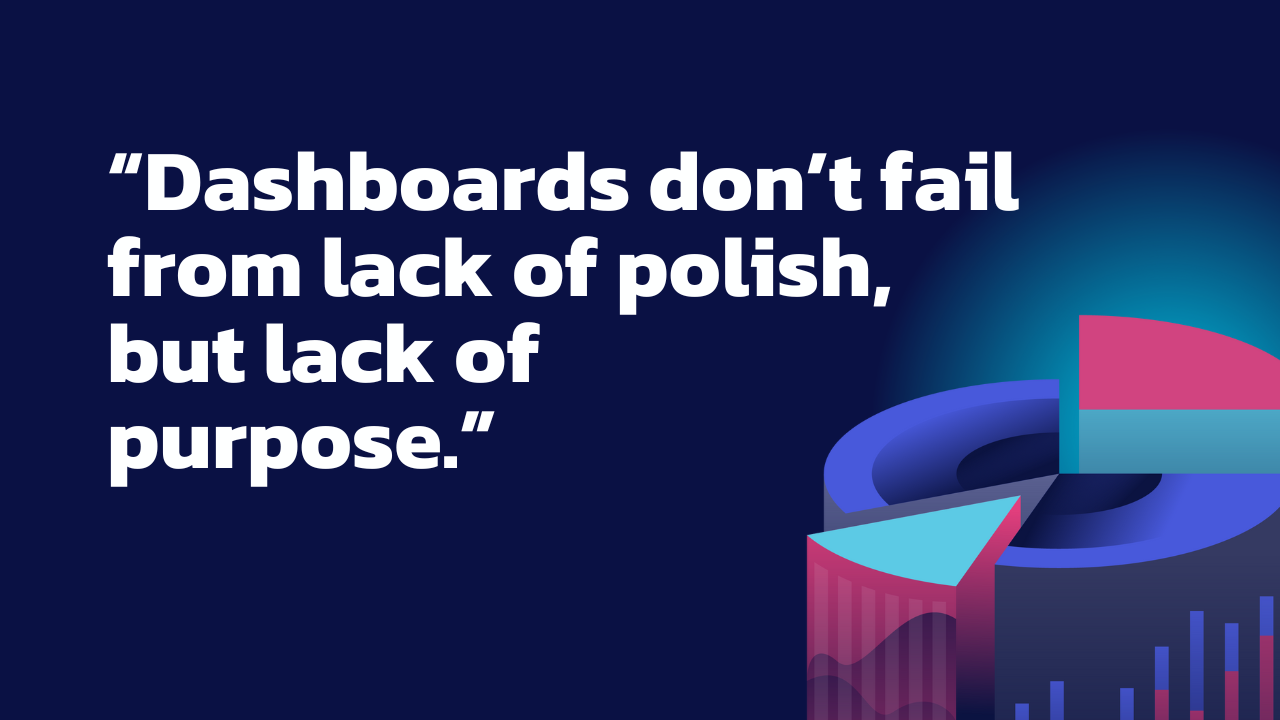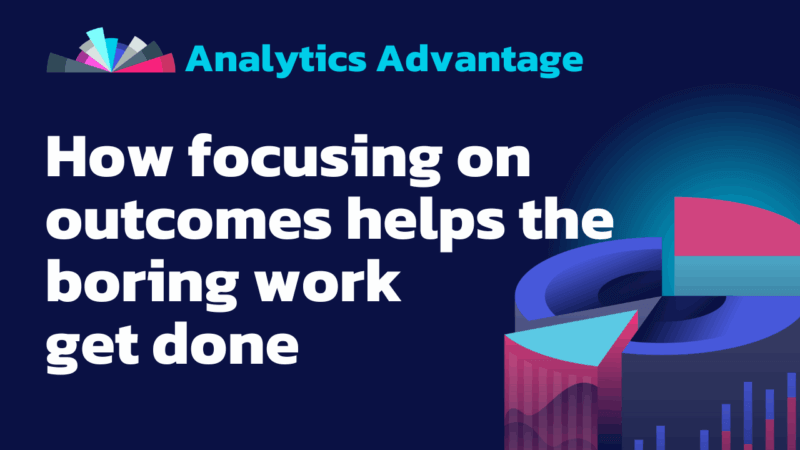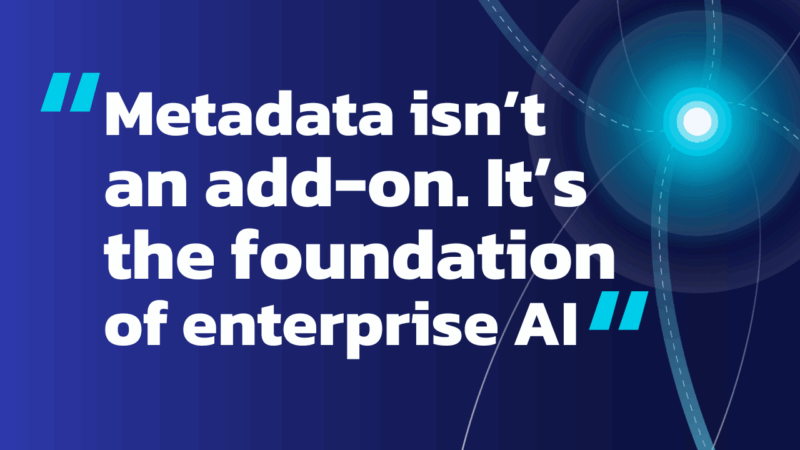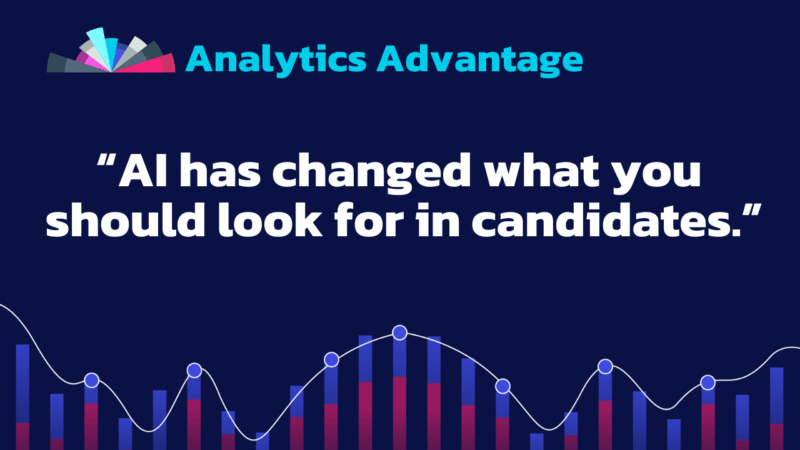
Thought Leadership
Trash-Proof Your Analytics: Designing Dashboards That Deliver
Lessons from Bar Chart Club with Erin Waldron and Friends
Most of us have watched a shiny new dashboard head straight into the corporate landfill. Hours of craft, near-zero impact. Last week’s Bar Chart Club panel, which was moderated by the always-insightful Erin Waldron, confronted that harsh reality head-on and offered a better way forward: spend less time cranking out widgets and more time making sure that someone actually cares.
Why So Many Dashboards Are Dead on Arrival
Erin opened with a blunt reminder: “If we don’t talk to users early and often, we’re building for ourselves.” The panel agreed. Analytics succeeds or fails on one thing: communication.
A data product must:
- Solve a problem users can name
- Fit the way they already make decisions
- Keep evolving as their questions evolve
Miss any of these three, and your masterpiece lands in the trash.
My Playbook: The Discovery Workshop
When it was my turn to present, I shared a principle we live by at Action: collaborate with intention. That starts with a Discovery Workshop before a single chart hits the canvas. That means having a clear process throughout the development lifecycle and knowing exactly what you’re trying to achieve at each stage. Discovery should always be the first step.
Too often, we collect requirements just to check a box and rush straight into dashboard-building. Then we wonder why the final product too often misses the mark.
What a discovery process does:
- Surfaces the real business questions (not just the first request on the ticket)
- Maps every audience, decision point, and success metric
- Builds trust early on, giving you permission to push back when scope creep begins
I’ve spent a decade refining this workshop. You can use it tomorrow. I’m making my Dashboard Discovery Workshop template available to others in two formats:
- Editable PDF – plug-and-play agenda, worksheets, and facilitation tips
- Miro board – for remote teams that need digital sticky notes
Other Gems from the Panel
I was joined by a group of speakers who each brought something stellar to the table.
Cathy Bledsoe reminded us to pause and fully understand the problem statement before diving into design. She introduced a creative brainstorming exercise inspired by Disney: The Dreamer, The Realist, and The Critic, which helps teams expand their thinking without losing focus.
Trisha Thommi is a UX research pro. She spoke about how asking the right questions can unlock what really needs to change in an existing product. I especially loved her approach of letting users navigate dashboards without guidance and asking them to narrate their thoughts. It’s a brilliant way to test how intuitive a design truly is.
Stephen Hardy wrapped things up with a demo of mySidewalk’s Sidekick, their new AI-powered analytics assistant. He underscored how AI is transforming the way we explore data, not just by building faster, but by helping us ask better questions. That’s where our role as analysts is evolving: pairing analytical thinking with facilitation skills to guide what AI creates with us.
The Through-Line: Know Your People, Know Your Purpose
Tools keep changing, and changing fast. The constants are people and purpose. If you anchor every sprint, workshop, and stakeholder review to those two points, your dashboards won’t gather dust. They’ll drive forward decisions. The why behind what we build will always matter more than the how.
Big thanks to Erin, Cathy, Trisha, Stephen, and the entire Bar Chart Club crew. I can’t wait for the Q3 session!
Ready to run your own Dashboard Discovery Workshop? Grab my template, give it a spin, and let me know how it goes.
And if you need backup, the Action team is a call away. Let’s build data products that stick!





